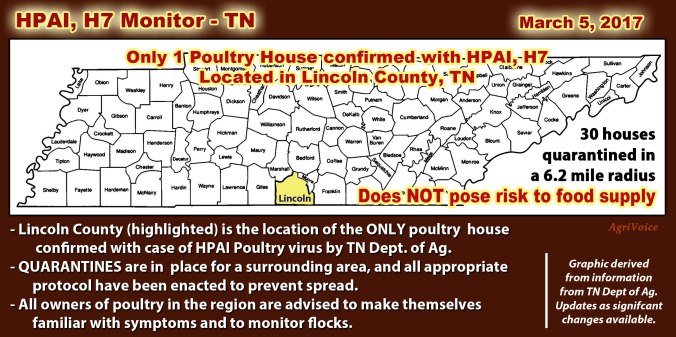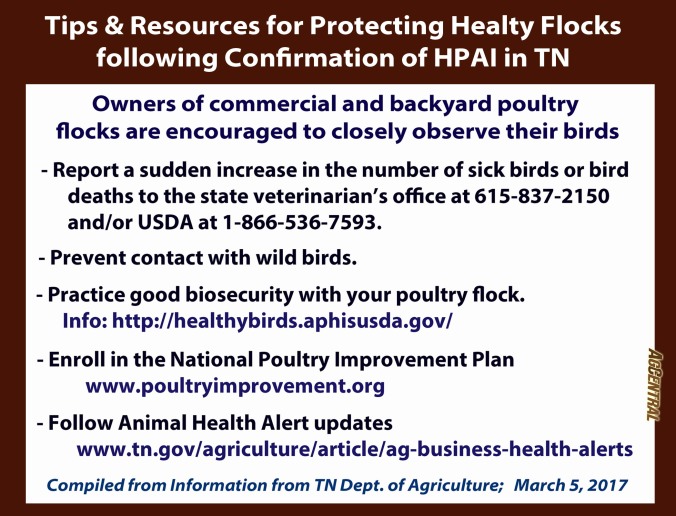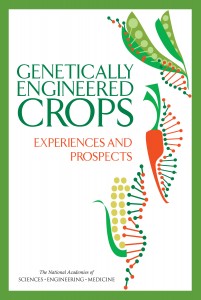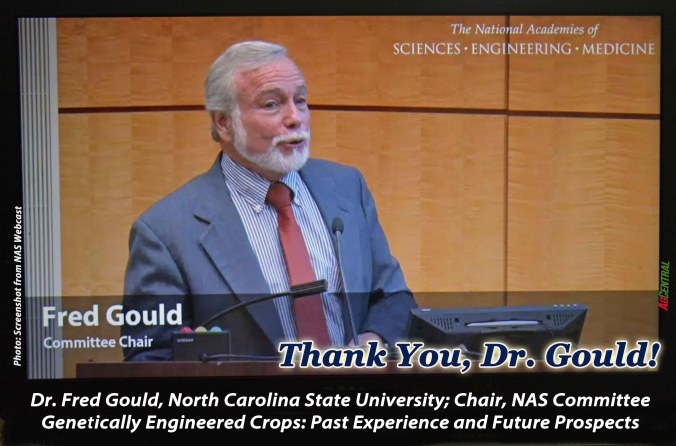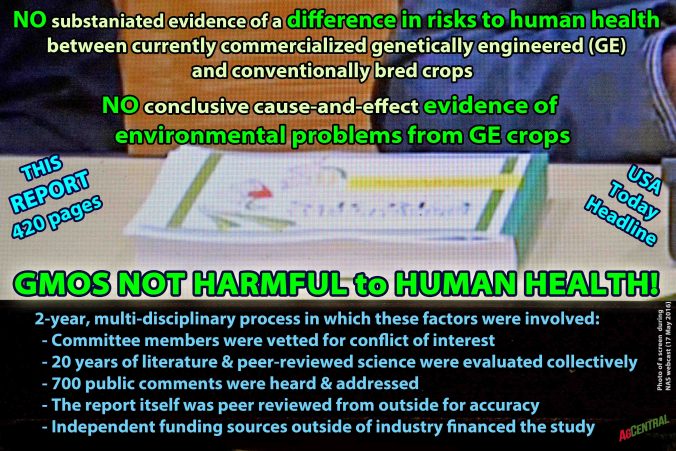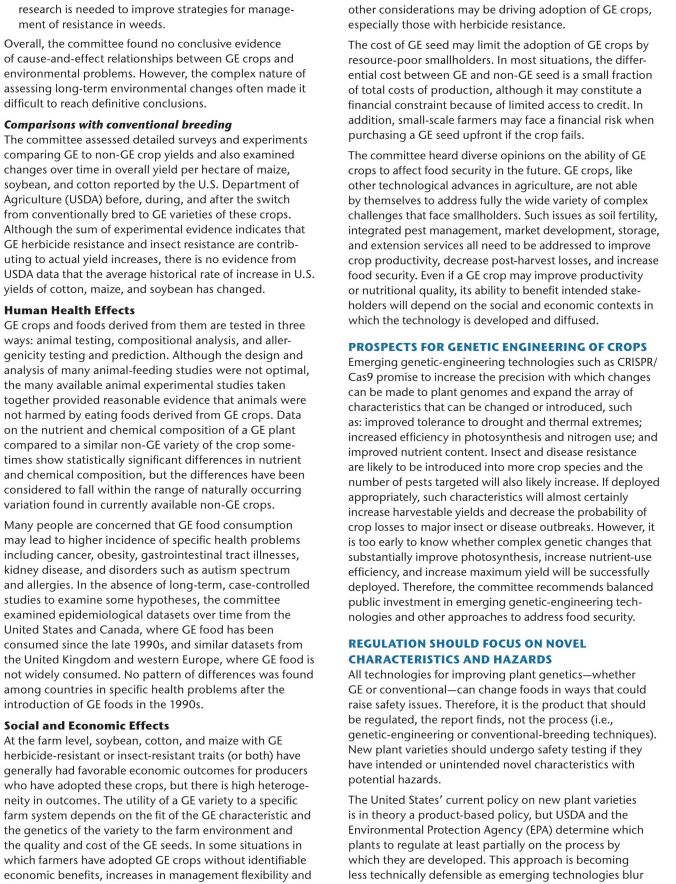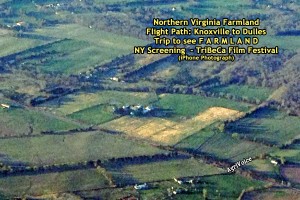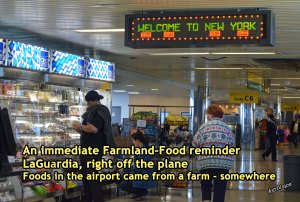 $24 Million dollars will be infused into the southeast / mid-Atlantic region’s farm economy, with the most impact on Virginia.
$24 Million dollars will be infused into the southeast / mid-Atlantic region’s farm economy, with the most impact on Virginia.
Quadrupling the milk purchased by a processing plant is expected; MD-VA Producers Co-operative is the supplier, and their producers should benefit.
$40 Million invested in new processing facilities, expanding Shamrock’s facility in Augusta County, VA after only 2.5 years of operation.
In a region and an industry sorely needing new milk processing capacity, Shamrock Farms has created a lightning bolt of excitement and optimism in the Shenandoah Valley area of Virginia for farms and economic developers alike.
Following is a ‘digest’ of various local and national reports and highlights from each as the news broke on March 29 and 30, 2017.
Press release from the VA Governor’s Office: How public development funds played a role:
The Virginia Department of Agriculture and Consumer Services (VDACS) and the Virginia Economic Development Partnership (VEDP) worked with Augusta County to secure the project for Virginia. Governor McAuliffe approved a $400,000 grant from the Governor’s Agriculture and Forestry Industries Development (AFID) Fund, administered by VDACS. The company will also receive a $400,000 performance-based grant from the Virginia Investment Partnership (VIP) program, an incentive available to existing companies, to assist the County with the project. Shamrock Farms will also be eligible to receive sales and use tax exemptions on manufacturing equipment. Additional funding and services to support the company’s employee training activities will be provided through the Virginia Jobs Investment Program.
From the Staunton, VA News Leader:
The expansion will more than double its production capacity, rapidly growing the Shamrock Farms brand, a release said. Once completed, Shamrock Farms will employ more than 120 people at that location. The expansion will increase filling capacity and expand product varieties, sizes and formats.
Shamrock Farms, the creator of Rockin’ Refuel and mmmmilk, is a 95-year old dairy company owned by a single family, the McClellands. The company has Arizona roots, and still operate their own dairy farm. Shamrock has built a nationwide shelf presence with its innovative dairy products, featuring packaging designed for fast-food and convenience stores. In recent years, they’ve focused on higher protein drinks to meet consumer expectations.
Shamrock’s statement on the expansion acknowledges the ‘milk as a beverage’ concept:
“As a company we’re always looking for ways to grow and innovate,” said Ann Ocaña, Chief Marketing Officer for Shamrock Farms. “The expansion gives us the capacity and the technology to meet growing demand, expand our offerings and propel milk-based beverages into the future.”
A Waynesboro, VA news publication, the News Virginian, issued an article, with the following:
Augusta County Board of Supervisors Chairman Tracy Pyles said Shamrock “is a cornerstone in Mill Place Commerce Park and a strong asset to the agricultural community of the commonwealth . . . “We have a good location and great workers,” he said. “It’s not a surprise they are expanding.”
Dairy Reporter also shared the news to a worldwide readership.
This Shamrock plant is located along the Interstate 81 Corridor, just southwest of Harrisonburg, in Virginia’s Shenandoah Valley. This area is one of the southeast’s largest dairy communities.
This plant has only been open since October of 2014, with MD-VA Milk Producers Cooperative as its exclusive supplier. The company has enjoyed rapid growth for its product line and markets on the East Coast. Nationwide, Shamrock serves more than 50,000 quick service restaurants and 36,000 c-stores and groceries. The company has also added Cold Brew Coffee and Milk to its offerings.
All of the public and private parties, which include:
- the farmers who produce the high quality milk,
- Md-Va Milk Cooperative which supplies the plant,
- Local and state governments, and
- Shamrock itself
deserve an enormous amount of credit for an extraordinary team effort which fostered this expansion!
As exciting as this announcement is, no one knows better than the dairy industry itself that more plants are needed, provided innovative products continue to come to the market place. The need for processing capacity is one thing, the ability to process or manufacture a milk-based product for which there is enough market demand is the even bigger – but very necessary – challenge to overcome.
As for now, Shamrock has provided a bit of inspiration and excitement.
Congratulations, Team Shamrock in the Southeast!! Well done! We look forward to watching your market grow!

